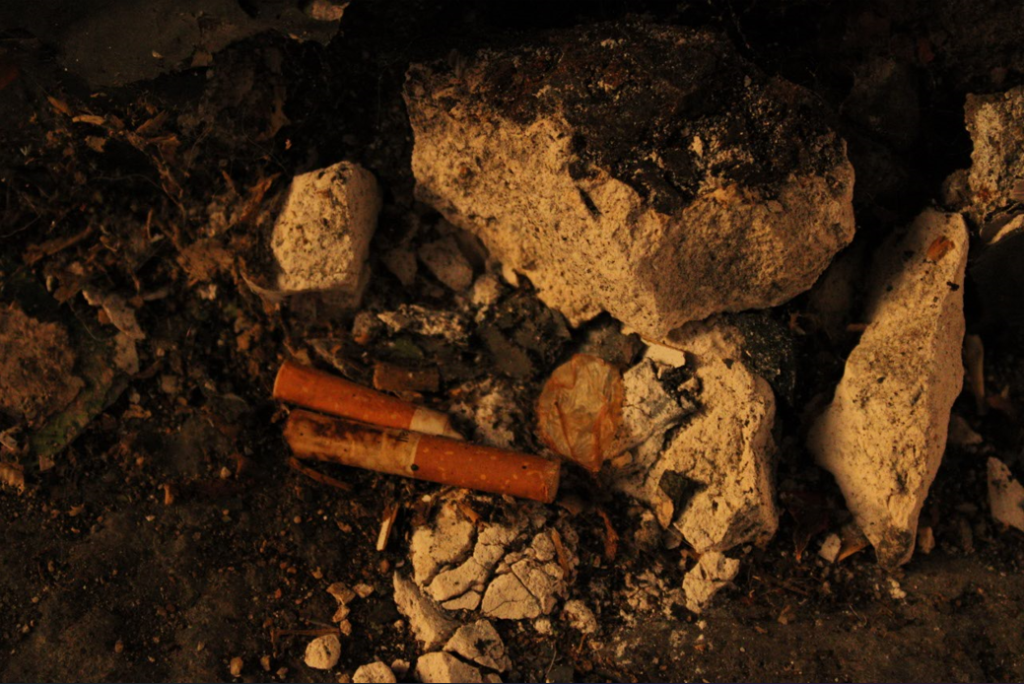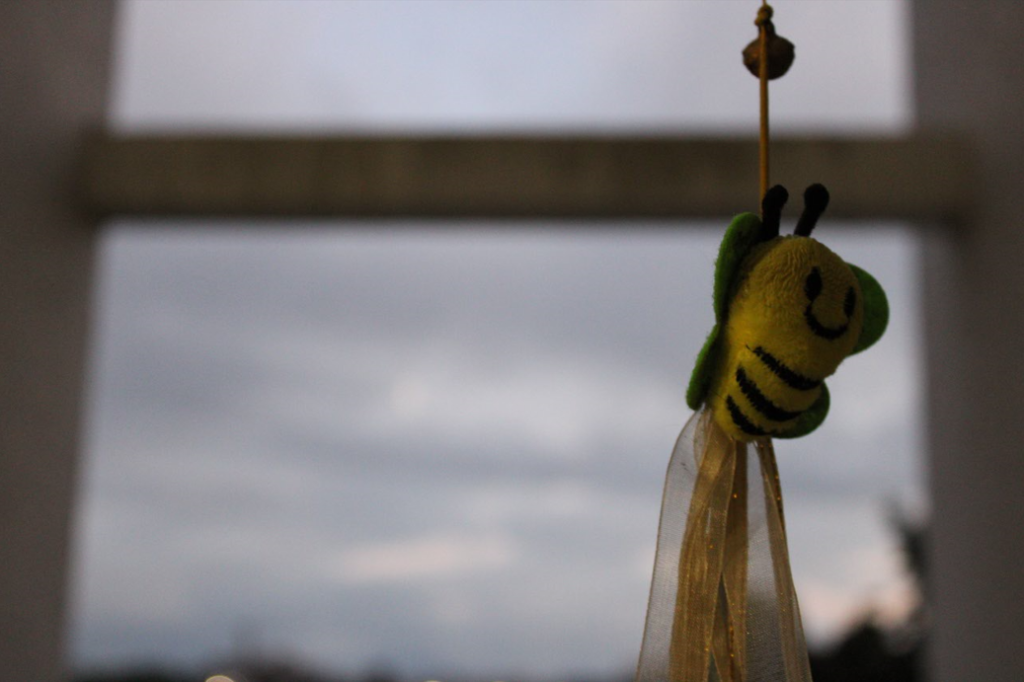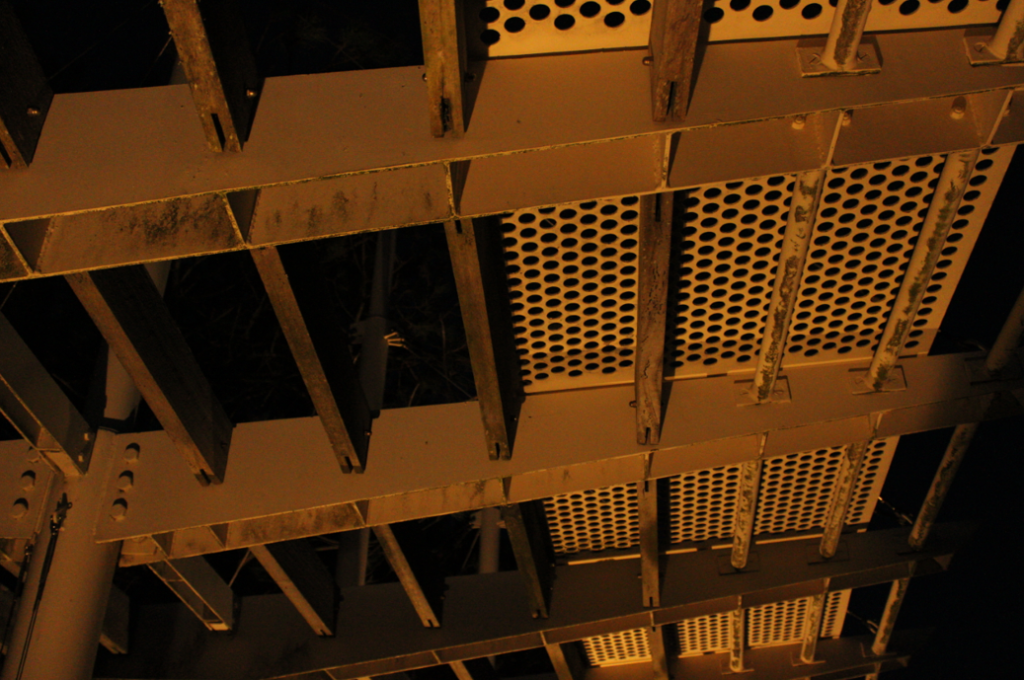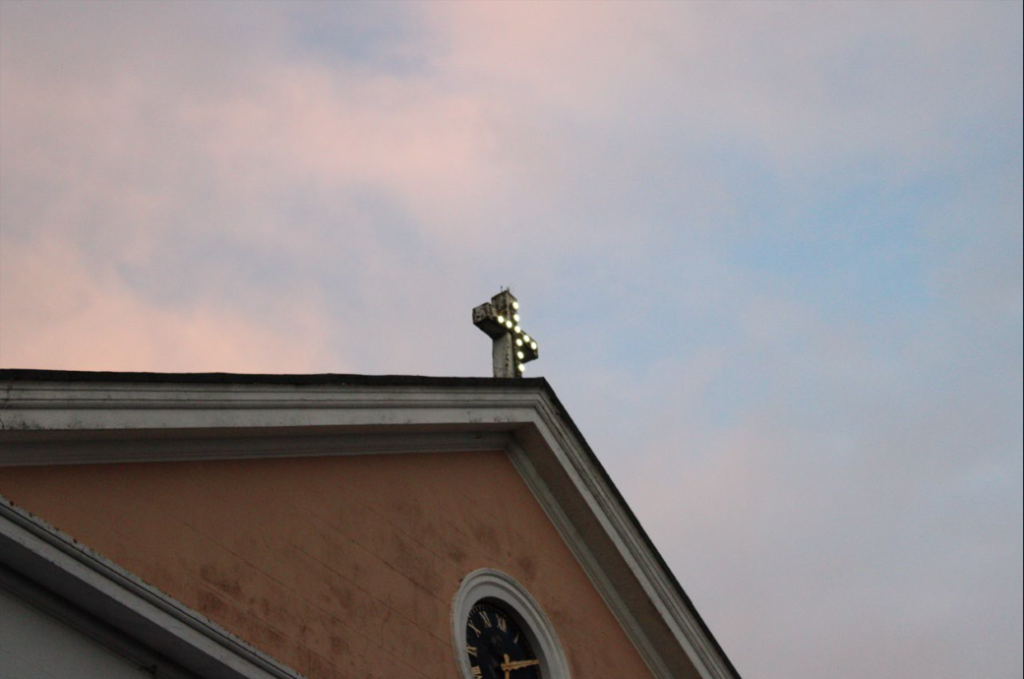
Original Photo
Aaron Siskind
Aaron Siskind was born in New York City in 1903 to a Russian-Jewish immigrant family. Initially drawn to poetry and music, Siskind’s artistic journey shifted when he received a camera as a wedding gift in 1930. This sparked his passion for photography, leading him to join the New York Photo League, where he became known for his social documentary work during the Great Depression, particularly his photographs of Harlem.
In the 1940s, Siskind’s style evolved as he became influenced by Abstract Expressionism. He began to focus on abstract forms in everyday objects, emphasizing texture, line, and composition. His photography blended “straight” documentary realism with abstraction, making him one of the pioneers in transforming photography into a medium for abstract art. His work often reflected his emotional experiences and a modernist concern with flatness, influenced by close friendships with artists such as Franz Kline and Willem de Kooning.
Siskind taught photography at the Institute of Design in Chicago and later at the Rhode Island School of Design, shaping the next generation of photographers. His contributions to photography are marked by his ability to merge the literal and abstract, influencing both his peers and future photographers. He passed away in 1991 at the age of 87.
Siskind was interested in surfaces and textures, both from the natural world but also the urban environment. He gets in close to his subjects and fills the frame with detail. There is always a strong sense of design and all over interest for the viewer.
Info rewritten from ” https://www.theartstory.org/artist/siskind-aaron “
Some of Aaron Siskind’s work


https://news.wttw.com/2016/05/06/radical-beauty-photographer-aaron-siskind-art-institute

https://www.nytimes.com/2014/10/12/nyregion/aaron-siskind-as-city-documentarian.html
Formal Elements of Photography.
Line – Are there any elements in the photograph that function as lines? Consider whether they are straight, curved, thin, or thick. Do these lines direct the viewer’s eye in a particular direction? Do they outline forms or suggest movement and energy?
Shape – Can you identify any shapes within the image? Are they geometric with straight edges or organic with more fluid, curving forms?
Tone – Does the photograph display a variety of tones ranging from dark to light? Where is the darkest area located? Where is the lightest?
Repetition / Pattern – Are there objects, shapes, or lines that repeat, forming a pattern within the composition?
Texture – Imagine touching the surface of the photograph. How do you think it would feel? How do the objects within the image appear in terms of texture?
Space – Does the photograph convey a sense of depth, or does it seem more shallow? What elements contribute to this perception? Are there notable negative (empty) spaces in contrast to positive (solid) areas? Is there any illusion of depth created through techniques like perspective?
My Favourite Images
Fully unedited
~ All photos are originals taken on a cannon 2000D ~






























Thankyou for submitting the Summer Task 2024.
You will receive feedback soon!